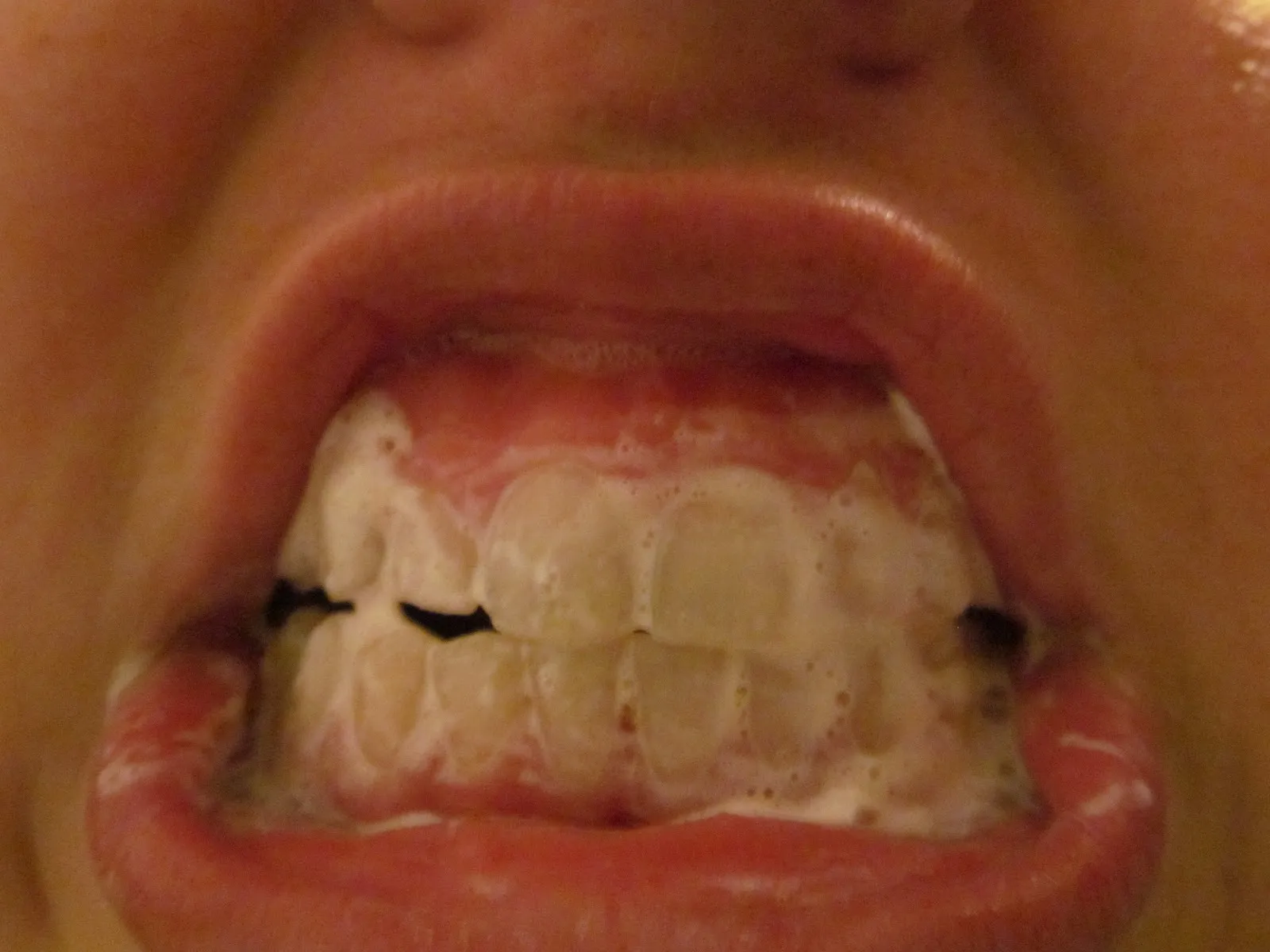Top 5 Teeth Whitening Woes
Teeth whitening is a popular cosmetic procedure, but it’s not without its potential drawbacks. While aiming for a brighter smile, many individuals experience a range of issues. Understanding these common problems is the first step toward achieving the desired results safely and effectively. This guide will explore the top five problems associated with teeth whitening, providing insights into their causes and practical solutions. By addressing these concerns, you can make informed decisions and maintain a healthy, radiant smile. We will delve into sensitivity, gum irritation, uneven results, recurring discoloration, and chemical burns, offering a comprehensive overview of each challenge and how to overcome it. This knowledge empowers you to navigate the teeth whitening process with confidence and minimize any adverse effects.
Sensitivity After Teeth Whitening
One of the most frequently reported issues after teeth whitening is tooth sensitivity. This often manifests as a sharp, temporary pain or discomfort in the teeth, particularly when consuming cold or hot foods and beverages. This sensitivity arises because the whitening agents, such as hydrogen peroxide or carbamide peroxide, can penetrate the enamel and reach the dentin layer of the teeth. Dentin contains microscopic tubules that lead to the nerve endings within the tooth, causing sensitivity. The degree of sensitivity varies from person to person, depending on factors like the thickness of enamel, pre-existing dental conditions, and the concentration of the whitening agent. While generally temporary, it can be quite unpleasant, making it crucial to understand how to manage and minimize this side effect for a comfortable whitening experience.
Understanding Tooth Sensitivity
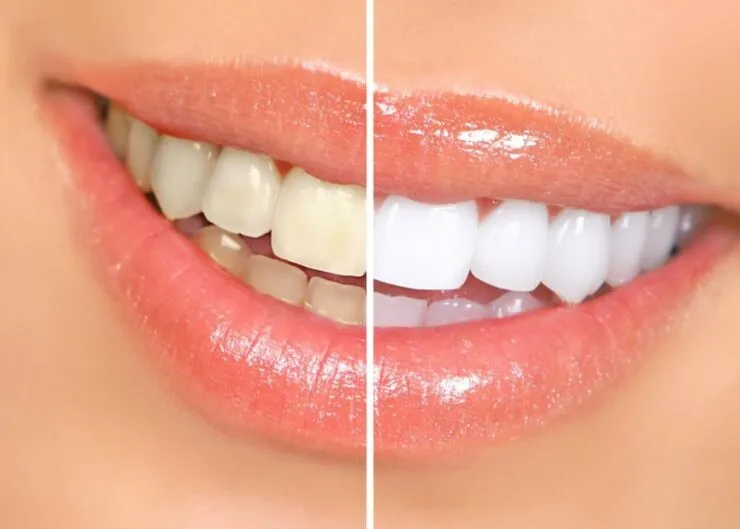
Tooth sensitivity is the body’s response to stimuli that irritate the nerve within the tooth. The enamel, the outermost layer of the tooth, acts as a protective barrier. When this barrier is compromised or weakened, the underlying dentin becomes exposed. Dentin contains small tubules that lead to the tooth’s nerve. Whitening agents can pass through the enamel and dentin, irritating the nerve and causing pain. This process is exacerbated by the dehydration of the teeth during whitening, making the nerve endings more susceptible. Individuals with thinner enamel, receding gums, or existing dental issues like cavities are more prone to sensitivity. Understanding these underlying mechanisms helps in choosing appropriate whitening methods and managing sensitivity effectively.
Managing Sensitivity After Whitening
Several strategies can minimize or alleviate tooth sensitivity after whitening. Using toothpaste designed for sensitive teeth, which contains ingredients like potassium nitrate, can help block the tubules in the dentin and reduce nerve irritation. Avoiding extremely hot or cold foods and drinks for a few days after the procedure can also minimize discomfort. Your dentist may recommend a fluoride treatment, which can strengthen the enamel and reduce sensitivity. Additionally, reducing the duration or frequency of whitening treatments can help. Over-the-counter pain relievers like ibuprofen can provide temporary relief. If sensitivity persists or is severe, consult your dentist for professional advice and treatment options, such as prescription-strength fluoride or desensitizing agents.
Gum Irritation from Teeth Whitening
Another common problem is gum irritation, which can manifest as redness, swelling, and tenderness of the gums. This is typically caused by the whitening agent coming into contact with the soft tissues of the mouth. When using whitening strips or trays, the gel can sometimes leak out and irritate the gums. With professional treatments, the dentist takes measures to protect the gums, but minor irritation can still occur. The concentration of the whitening agent and the duration of its exposure to the gums play a significant role in the severity of the irritation. Preventing or reducing gum irritation involves careful application of whitening products, using trays that fit well, and seeking professional guidance to ensure the procedure is performed safely.
Causes of Gum Irritation
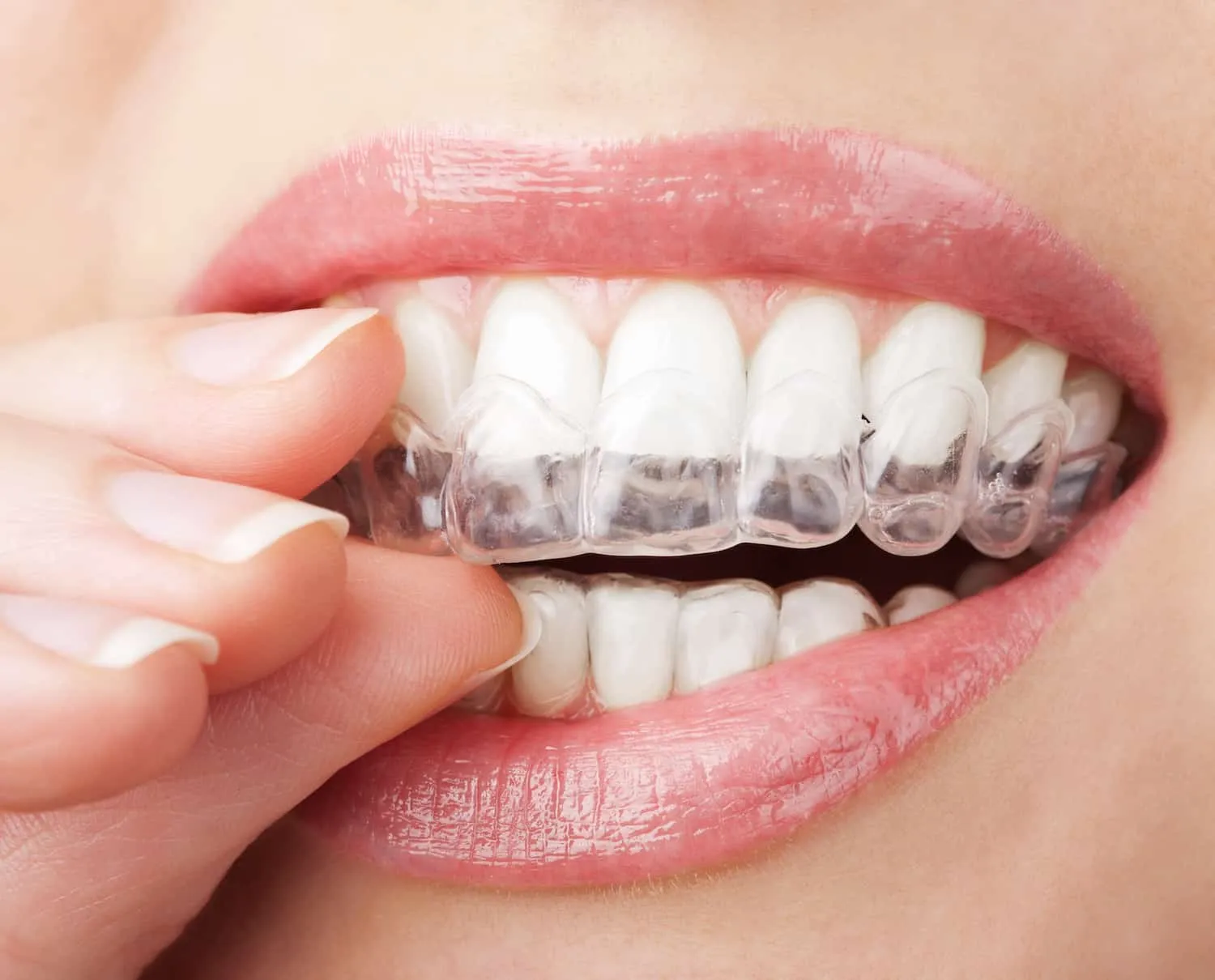
Gum irritation is primarily caused by the contact of the whitening agent with the gum tissues. The active ingredients in whitening products, usually hydrogen peroxide or carbamide peroxide, can irritate and inflame the delicate tissues of the gums. This is more likely to occur if the whitening product is not applied correctly, if the trays do not fit properly, or if the gums are already sensitive or inflamed. Using excessive amounts of the whitening gel or leaving the product in contact with the gums for too long can also increase the risk of irritation. In some cases, allergic reactions to the whitening agent or other components of the product can also contribute to gum inflammation. Understanding the cause of the irritation is crucial to take appropriate preventative measures.
Treating Gum Irritation
If gum irritation occurs, there are several ways to manage it. Rinsing the mouth with water or a mild saltwater solution can help soothe the inflamed tissues. Avoiding acidic or irritating foods and drinks, such as citrus fruits and carbonated beverages, can also reduce discomfort. Applying a small amount of vitamin E oil to the affected area can promote healing. Your dentist may recommend a topical anti-inflammatory medication to reduce swelling and redness. Ensure that whitening trays fit properly and that products are applied according to the instructions. If the irritation is severe or persistent, it is essential to seek professional dental advice. Your dentist can assess the condition and provide the appropriate treatment to alleviate discomfort and prevent further complications.
Uneven Whitening Results
Achieving a uniform shade across all teeth can be a challenge, and uneven whitening results are another common complaint. This occurs when some teeth whiten more effectively than others, leaving an inconsistent appearance. The natural variation in tooth structure and enamel thickness can contribute to this issue. Teeth with thicker enamel or those that have undergone previous dental work, such as fillings or crowns, may not whiten as easily. Additionally, intrinsic stains, which are located within the tooth structure, can be more difficult to remove than extrinsic stains that are on the surface. Understanding the factors that influence whitening results is essential for setting realistic expectations and choosing the appropriate whitening method.
Why Teeth Whiten Unevenly
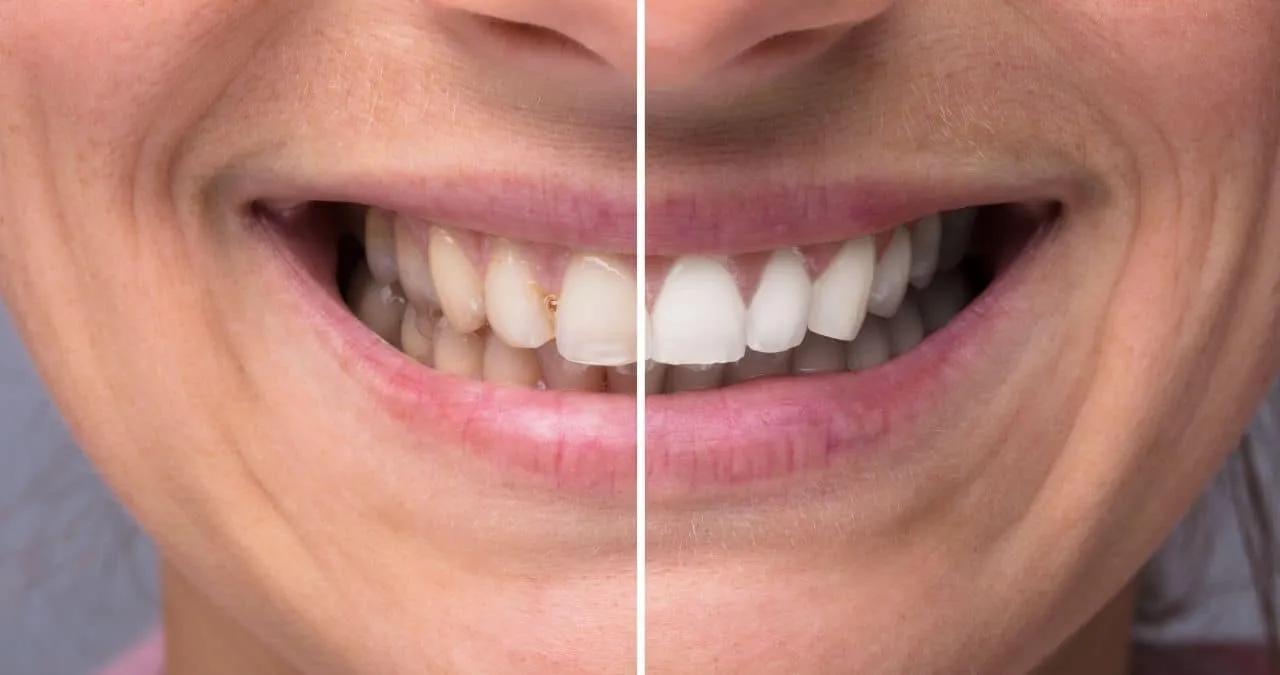
Several factors contribute to uneven whitening results. The natural variation in tooth structure plays a significant role; some teeth simply have enamel that is more porous and receptive to whitening agents than others. The presence of fillings, crowns, or veneers can also affect the outcome, as these materials do not whiten in the same way as natural teeth. Stains from various sources, such as coffee, tea, and tobacco, can affect teeth differently, with some stains being more deeply embedded and resistant to the whitening process. Age-related changes in tooth structure and the presence of internal discoloration can also lead to uneven results. Furthermore, the method used, whether it is at-home or professional, can impact the uniformity of the outcome.
Solutions for Uneven Whitening
Addressing uneven whitening often requires a multifaceted approach. In some cases, professional dental treatments can provide more effective and consistent results. Your dentist may recommend a professional whitening session to target specific areas or use a stronger whitening agent. If the unevenness is due to existing dental work, your dentist may suggest replacing fillings or crowns to match the newly whitened teeth. Using customized trays can ensure more even application of the whitening agent and improve the outcome. Additionally, your dentist might recommend alternative whitening methods such as internal bleaching for teeth with internal stains. For persistent unevenness, cosmetic dentistry options like veneers may offer a solution.
Tooth Discoloration Returning
The effects of teeth whitening are not permanent, and tooth discoloration can gradually return over time. The longevity of whitening results varies depending on individual habits, lifestyle, and the type of whitening treatment used. Factors like diet, smoking, and oral hygiene practices play a significant role in the rate at which teeth re-stain. Maintaining a white smile requires proactive measures and a commitment to preventing further discoloration. Understanding the causes of discoloration returning and implementing preventive strategies can help maintain the benefits of teeth whitening for a more extended period, ensuring your smile remains radiant.
Factors Causing Discoloration
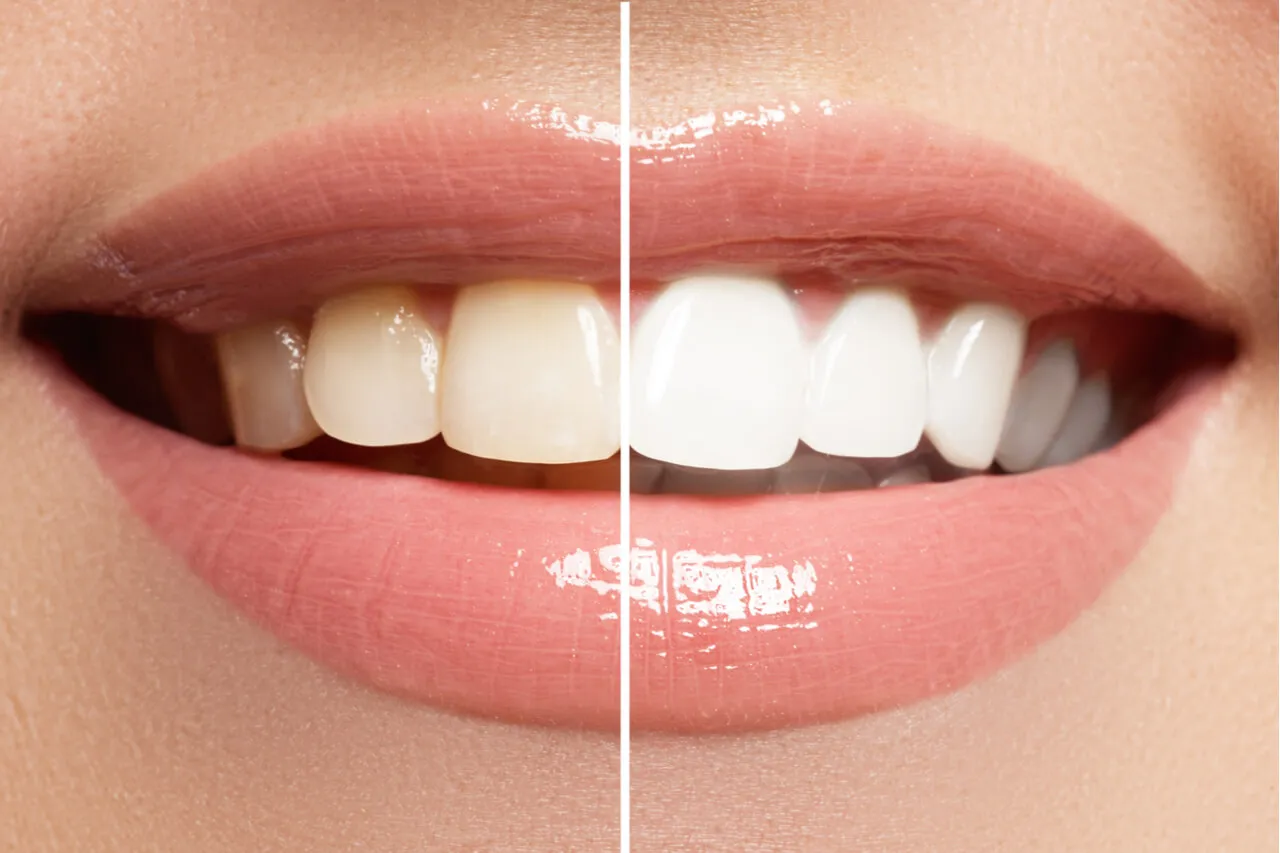
Several factors contribute to the return of tooth discoloration. Dietary habits play a significant role, with foods and beverages high in tannins, such as coffee, tea, red wine, and berries, being major culprits. Smoking and tobacco use are also major contributors, as nicotine and tar can stain teeth and accelerate discoloration. Poor oral hygiene practices, such as infrequent brushing and flossing, allow plaque and stains to accumulate, leading to a darker appearance. The natural aging process also contributes, as the enamel thins over time, and the underlying dentin becomes more visible, leading to a yellowish appearance. Certain medications, such as tetracycline antibiotics, can also cause tooth discoloration.
Preventing Future Discoloration
Preventing the return of tooth discoloration involves a combination of lifestyle changes and good oral hygiene practices. Limiting the consumption of staining foods and beverages, such as coffee and red wine, can reduce the risk of re-staining. Quitting smoking and avoiding tobacco products is one of the most effective steps. Maintaining a consistent oral hygiene routine, which includes brushing twice a day, flossing daily, and using a whitening toothpaste, helps remove surface stains before they can set. Regular dental checkups and professional cleanings can also remove accumulated stains and maintain the brightness of your smile. Consider using at-home whitening touch-up treatments as directed by your dentist to maintain your desired shade.
Chemical Burns from Whitening Products
In rare cases, aggressive teeth whitening can lead to chemical burns. This occurs when the whitening agent, typically hydrogen peroxide, comes into prolonged contact with the soft tissues of the mouth. Chemical burns can manifest as painful blisters, ulcers, and peeling of the gums and oral tissues. The severity of the burn depends on the concentration of the whitening agent, the duration of exposure, and individual sensitivity. While chemical burns are not common, they are a serious concern, highlighting the importance of using whitening products as directed and seeking professional guidance when necessary. Preventing these burns involves meticulous application of the product and ensuring the gums are adequately protected throughout the whitening process.
Identifying Chemical Burns
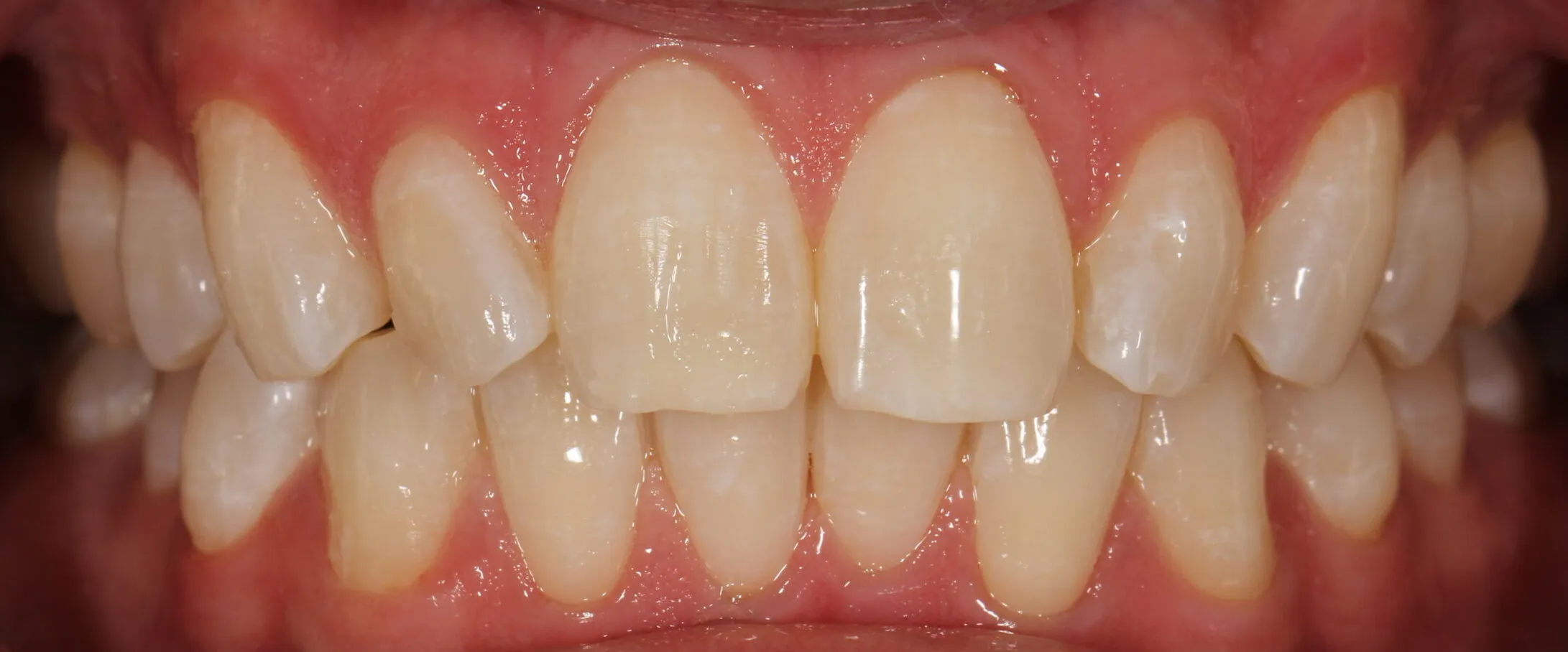
Identifying chemical burns involves recognizing the specific signs and symptoms. The affected tissues may appear white, red, or blistered. There may be pain, burning, and a stinging sensation in the mouth. Ulcers and open sores may develop, making it difficult to eat, drink, or speak. In some cases, there may be peeling of the gum tissue or the lining of the mouth. If you suspect a chemical burn after using a teeth whitening product, it is important to discontinue use immediately and seek professional dental advice. Early detection and prompt treatment can minimize discomfort and prevent further complications.
Treating Chemical Burns
Treatment for chemical burns typically focuses on relieving pain, promoting healing, and preventing secondary infections. Rinsing the mouth with cool water or a saline solution can soothe the affected tissues. Avoid irritating foods and drinks, such as citrus fruits and spicy foods, to minimize discomfort. Your dentist may recommend a topical ointment or medication to reduce inflammation and promote healing. Over-the-counter pain relievers can provide temporary relief from pain. In severe cases, prescription medications may be necessary. It is essential to follow your dentist’s instructions carefully and to maintain good oral hygiene to prevent further complications. Chemical burns usually heal within a few days or weeks with appropriate treatment.
Conclusion
Teeth whitening offers a transformative way to enhance your smile, but it’s essential to be aware of the potential problems that can arise. From sensitivity and gum irritation to uneven results, discoloration returning, and the rare risk of chemical burns, these issues highlight the importance of a well-informed approach. By understanding the causes of these problems and implementing the recommended solutions, you can minimize risks and achieve the bright, healthy smile you desire. Always consult with a dentist to determine the best whitening method for your unique needs and to ensure a safe and effective process. Proactive care, good oral hygiene, and adherence to professional guidance will pave the way for a confident and radiant smile.
